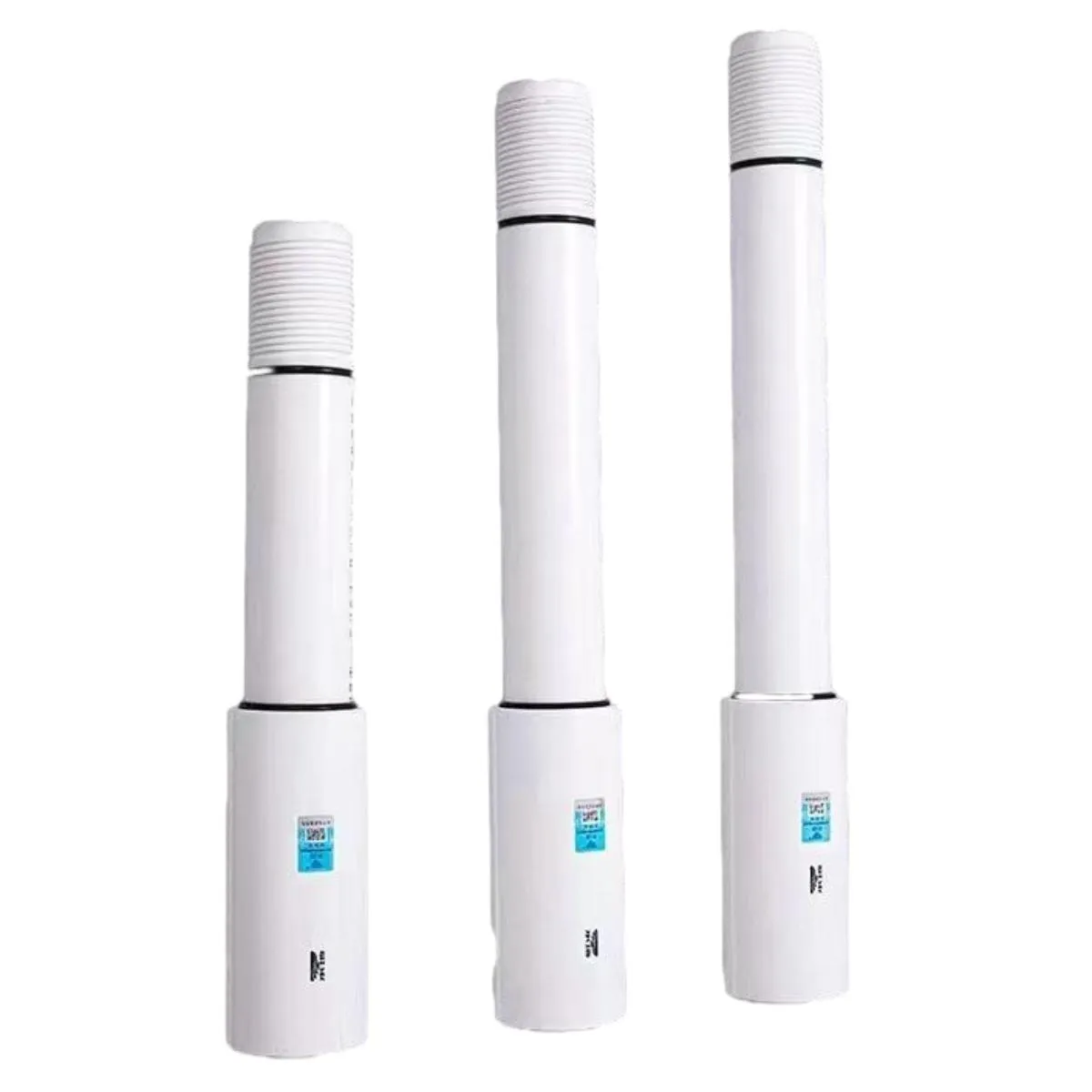Dec . 05, 2024 17:03 Back to list
PPR Hot Water Pipe Manufacturing Process and Industry Insights
The Future of Hot Water Systems An Insight into PPR Hot Water Pipe Production
In recent years, the demand for efficient and durable hot water systems has significantly increased, leading to advancements in the materials used for pipelines. One such material that has garnered attention in the plumbing industry is Polypropylene Random Copolymer (PPR). Known for its excellent thermal and mechanical properties, PPR is emerging as a popular choice for hot water piping. The production processes for PPR hot water pipes in factories have evolved to ensure not only the quality of the pipes but also their sustainability in a growing environmental-conscious market.
Understanding PPR Pipes
PPR pipes are made from a thermoplastic polymer known as polypropylene. The random copolymer structure provides enhanced flexibility and resistance to temperature changes, making these pipes suitable for both cold and hot water applications. With a service temperature that can exceed 90°C (194°F), PPR pipes are ideal for hot water systems, including residential and commercial plumbing, heating systems, and more.
Advantages of PPR Hot Water Pipes
The benefits of using PPR hot water pipes are numerous. Firstly, they exhibit remarkable resistance to corrosion, which is a common issue with traditional metal pipes. This property extends the lifespan of the piping system and reduces the need for frequent replacements or repairs, ultimately lowering maintenance costs. Additionally, PPR pipes are lightweight, making installation easier and less labor-intensive.
Another advantage is the excellent thermal insulation properties of PPR. The design minimizes heat loss, making hot water systems more energy-efficient. This efficiency not only reduces energy bills for consumers but also aligns with sustainability goals by lowering overall energy consumption.
Manufacturing Process of PPR Pipes
ppr hot water pipe factory

The manufacturing of PPR hot water pipes involves several critical stages, ensuring the pipes meet stringent quality standards. The process typically starts with the selection of high-quality raw materials. Manufacturers must focus on sourcing high-grade polypropylene produced specifically for hot water applications to guarantee the pipes' performance under heat.
Once the raw materials are acquired, they undergo a series of preparation steps, including extrusion and molding. The extrusion process involves melting the polypropylene and forcing it through a die to create long tubes of desired diameters. These tubes are cooled and cut into specific lengths. The molding process may also include adding specific additives to enhance properties such as UV resistance, impact resistance, and color.
Quality control is a crucial aspect of the production process. Leading PPR hot water pipe factories implement rigorous testing procedures to ensure that each batch meets industry standards. This includes testing for pressure resistance, thermal stability, and overall durability. Such quality assurance measures help in delivering reliable products to the market.
Environmental Considerations
As the world becomes more aware of environmental challenges, PPR pipe manufacturers are increasingly adopting sustainable practices in their operations. Many factories are implementing recycling programs for production waste and utilizing renewable energy sources to reduce their carbon footprint.
Furthermore, PPR pipes are recyclable at the end of their life cycle, making them an eco-friendly choice compared to other plastic alternatives. This characteristic supports a circular economy approach, where materials are reused and recycled, thus extending their lifespan and reducing waste.
Conclusion
The evolution of PPR hot water pipe production signifies a shift towards more efficient, durable, and sustainable plumbing solutions. With numerous advantages such as corrosion resistance, energy efficiency, and recyclability, PPR has established itself as a trusted material for modern hot water systems. As the plumbing industry continues to innovate, one can expect to see further enhancements in manufacturing practices, ensuring that PPR pipes not only meet the needs of today but also contribute to a greener tomorrow.
-
HORON 25mm PPR Pipes - AI-Optimized Plumbing Excellence
NewsAug.02,2025
-
Premier HDPE Sprinkler Pipe Manufacturers | Durable Solutions
NewsAug.01,2025
-
DN500 HDPE Double Wall Corrugated Drain Pipes | Durable & Efficient
NewsJul.31,2025
-
1/2' PVC Electric Protective Pipe - Durable, Lightweight Conduit
NewsJul.31,2025
-
DN25 PPR Water Pipes for Kitchen - Durable & Leak-Proof Plumbing Solution
NewsJul.30,2025
-
HDPE Sprinkler Pipe Manufacturers – Durable Irrigation Solutions
NewsJul.30,2025

